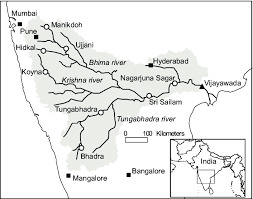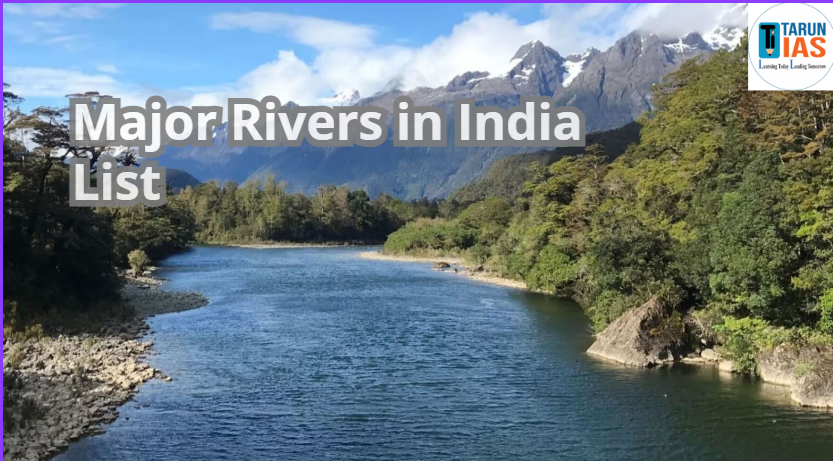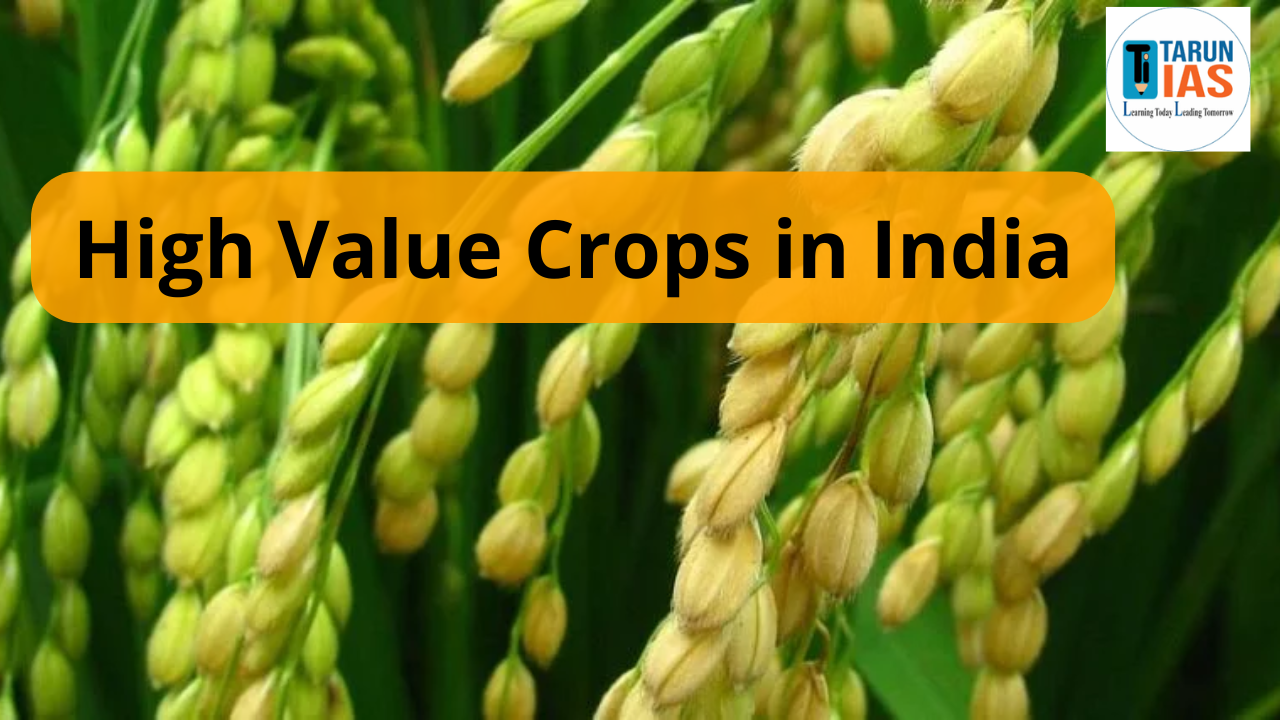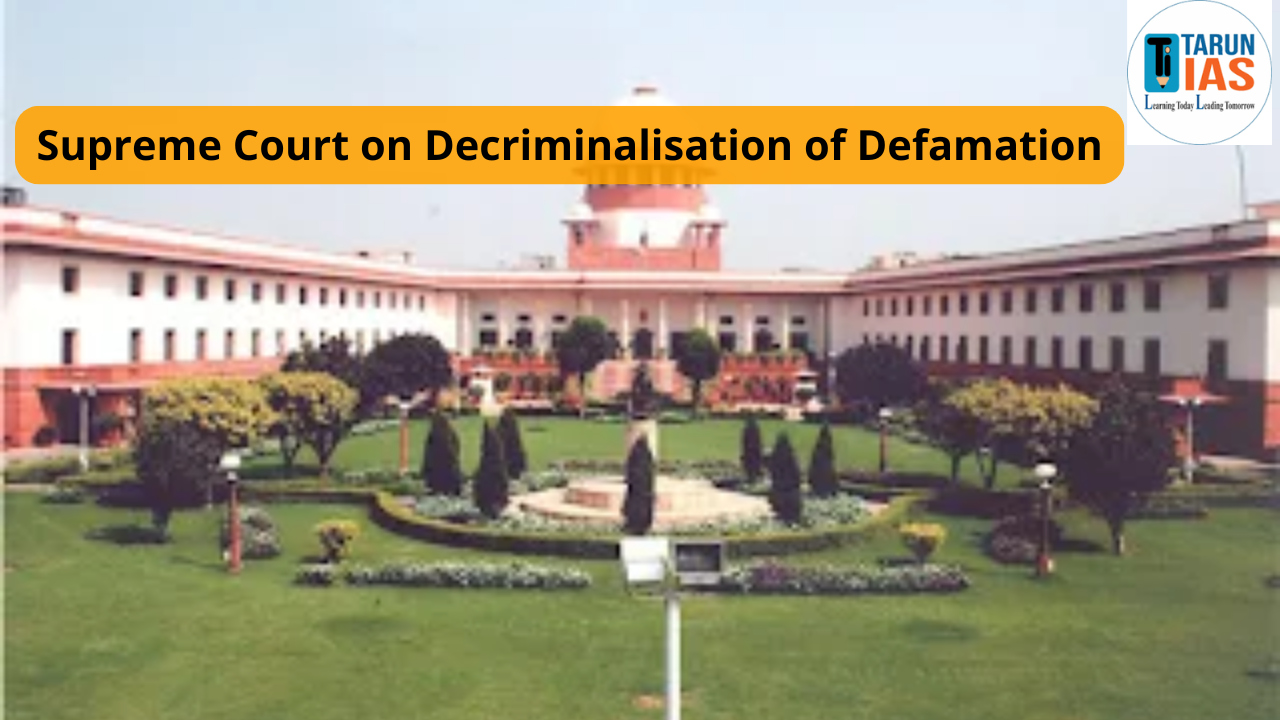India is blessed with a vast and complex network of rivers that have played a significant role in shaping the country’s geography, economy, agriculture, culture, and spiritual life. From the snow-fed Himalayan rivers in the north to the monsoon-fed rivers of the Peninsular plateau, these water bodies are vital arteries sustaining millions across the country.
From the snow-capped Himalayas in the north to the lush Western Ghats in the south, Indian rivers are vital arteries flowing through the length and breadth of the country. These rivers have been revered for centuries and continue to play an indispensable role in the lives of millions. This article covers a detailed list of major rivers in India, including regional classifications, river systems, east and west flowing rivers, and FAQs
Also Read: Ramsar sites in India
Major Rivers in India
India is blessed with a vast network of rivers, which play a critical role in shaping the country’s geography, agriculture, culture, and economy. These rivers are typically categorized based on the direction of their flow (east-flowing or west-flowing), origin (Himalayan or Peninsular), and the basins they form. The Major Rivers in India include the Ganga, Indus, Brahmaputra, Godavari, Krishna, Mahanadi, Narmada, and Kaveri, among others.
Major Rivers in India- Indus River System
- Origin: Tibetan Plateau (Lake Mansarovar)
- Length: ~3,180 km (1,114 km in India)
- Drainage: Arabian Sea
The Indus is one of the longest rivers in the world and is historically significant due to the Indus Valley Civilization. The river flows through Ladakh in India and enters Pakistan, where it forms a major part of the water system.
- Major Tributaries: Sutlej, Jhelum, Chenab, Ravi, Beas
- Regions in India: Ladakh, Himachal Pradesh, Punjab
Most of the Indus basin lies in Pakistan, but the eastern tributaries like Sutlej and Beas are crucial for Indian irrigation under the Indus Waters Treaty.

Major Rivers in India- Ganga River System
- Origin: Gangotri Glacier, Uttarakhand
- Length: ~2,525 km
- Drainage: Bay of Bengal
The Ganga (Ganges) is the most sacred and culturally significant river in India. It originates from the Gangotri Glacier in the Himalayas and flows through the fertile plains of North India. It supports one of the most densely populated and agriculturally productive regions of the world.
- Main Tributaries:
- Left Bank: Ghaghara, Kosi
- Right Bank: Yamuna, Son
- States Covered: Uttarakhand, Uttar Pradesh, Bihar, Jharkhand, West Bengal
The Ganga basin is the largest river basin in India and serves as the lifeline for millions of people. The river is also highly revered in Hinduism and is central to many religious rituals and festivals.

Major Rivers in India- Brahmaputra River System
- Origin: Angsi Glacier (Tibet, as Yarlung Tsangpo)
- Length: ~2,880 km
- Drainage: Bay of Bengal
The Brahmaputra is a transboundary river that flows through Tibet, India, and Bangladesh. It enters India through Arunachal Pradesh and flows across Assam.
- Major Tributaries: Subansiri, Lohit, Teesta
- States Covered: Arunachal Pradesh, Assam
The river is prone to annual flooding during the monsoon but also enriches the soil and supports dense biodiversity and agriculture in Assam.

Major Rivers in India- Godavari River System
- Origin: Trimbak Plateau, Maharashtra
- Length: ~1,465 km
- Drainage: Bay of Bengal
Known as the Dakshina Ganga or Ganga of the South, the Godavari is the longest river in peninsular India. It is essential for irrigation and drinking water in central and southern India.
- Major Tributaries: Manjira, Indravati, Sabari
- States Covered: Maharashtra, Telangana, Andhra Pradesh
The Godavari basin is the second-largest in India and supports major agriculture and hydroelectric projects.

Major Rivers in India- Krishna River System
- Origin: Mahabaleshwar, Maharashtra
- Length: ~1,400 km
- Drainage: Bay of Bengal
The Krishna River flows across the Deccan Plateau and is vital for agriculture in the southern states. It passes through many irrigation and hydroelectric dams.
- Major Tributaries: Bhima, Tungabhadra, Ghataprabha
- States Covered: Maharashtra, Karnataka, Andhra Pradesh
It forms a major river basin in southern India and supports extensive farming communities.

Major Rivers in India- Mahanadi River System
- Origin: Sihawa Hills, Chhattisgarh
- Length: ~900 km
- Drainage: Bay of Bengal
The Mahanadi is one of the major rivers in East-Central India. Known for its potential for irrigation and flood control, it flows through Chhattisgarh and Odisha.
- Major Tributaries: Hasdeo, Seonath, Jonk, Ong
- States Covered: Chhattisgarh, Odisha
The Hirakud Dam, one of the longest dams in the world, is built across the Mahanadi.
Major Rivers in India- Narmada River System
- Origin: Amarkantak Plateau, Madhya Pradesh
- Length: ~1,312 km
- Drainage: Arabian Sea
The Narmada is one of the few major west-flowing rivers in India. It flows through a rift valley and forms a natural divide between North and South India.
- Major Tributaries: Tawa, Hiran, Sher
- States Covered: Madhya Pradesh, Maharashtra, Gujarat
It is known for scenic marble rocks near Jabalpur and the Sardar Sarovar Dam.
Major Rivers in India- Yamuna River
- Origin: Yamunotri Glacier, Uttarakhand
- Length: ~1,376 km
- Drainage: Confluence with Ganga at Prayagraj
The Yamuna is a major tributary of the Ganga and flows through important cities like Delhi and Agra.
- Major Tributaries: Chambal, Betwa, Ken
- States Covered: Uttarakhand, Haryana, Uttar Pradesh, Delhi
It is highly significant for religious and water supply purposes in northern India.
Major Rivers in India- Kaveri (Cauvery) River System
- Origin: Talakaveri, Karnataka (Western Ghats)
- Length: ~805 km
- Drainage: Bay of Bengal
The Kaveri is one of the most important rivers in South India, providing water for irrigation, drinking, and hydroelectricity.
- Major Tributaries: Amaravati, Hemavati, Bhavani, Noyyal
- States Covered: Karnataka, Tamil Nadu
The river has been a subject of inter-state water sharing disputes due to its economic significance.
List of East and West Flowing Rivers in India
India has a complex and extensive river system that plays a vital role in its agriculture, culture, and economy. These rivers are broadly classified based on the direction of their flow: East-flowing rivers that drain into the Bay of Bengal, and West-flowing rivers that drain into the Arabian Sea. The slope and topography of the Indian subcontinent largely determines the flow direction. Below is the List of East and West Flowing Rivers in India.
East-Flowing Rivers of India (Drain into Bay of Bengal)
East-flowing rivers form the majority of India’s drainage system. These rivers generally originate from the Western Ghats, Central Highlands, or the Himalayas and flow towards the east before emptying into the Bay of Bengal.
- Ganga: Originates in the Himalayas; India’s holiest river; forms the Ganges Delta, the world’s largest delta.
- Brahmaputra: Starts in Tibet, joins the Ganga in Bangladesh; forms the Brahmaputra-Ganga Delta.
- Mahanadi: Flows through Chhattisgarh and Odisha; forms a fertile delta before entering the Bay of Bengal.
- Godavari: The longest river in peninsular India; flows east from Maharashtra to Andhra Pradesh.
- Krishna: Originates in Maharashtra; flows through Karnataka and Andhra Pradesh into the Bay of Bengal.
- Kaveri: Rises in Karnataka; flows through Tamil Nadu and forms a rich delta before meeting the sea.
West-Flowing Rivers of India (Drain into Arabian Sea)
These rivers are fewer in number and generally shorter. They originate in the Western Ghats and flow westwards into the Arabian Sea, often through steep valleys and gorges.
- Narmada: Originates from Amarkantak Plateau; flows west through a rift valley, forming an estuary.
- Tapi (Tapti): Flows westward from Madhya Pradesh through Maharashtra and Gujarat; forms an estuary.
- Mahi: Flows through Madhya Pradesh, Rajasthan, and Gujarat; rare river that crosses the Tropic of Cancer twice.
- Sabarmati: Originates from Aravallis in Rajasthan; flows through Gujarat into the Gulf of Khambat.
Major Rivers in India Map
India is home to one of the world’s most intricate and extensive river systems. These rivers not only shape the country’s geography but also play a central role in its agriculture, economy, culture, and civilization. A Major Rivers in India Map serves as a powerful visual representation, helping learners understand the origin, direction, course, tributaries, drainage patterns, and deltas/estuaries of major rivers.

Largest and Smallest Majors Rivers in India
India is home to a vast network of rivers that play a crucial role in its geography, agriculture, culture, and economy. Among them, the Brahmaputra River and the Arvari River stand out at two extremes in terms of volume and length.
Largest River by Volume is Brahmaputra River
The Brahmaputra River is the largest river in India by water volume. Originating from the Angsi Glacier in Tibet (where it’s known as the Yarlung Tsangpo), it enters India through Arunachal Pradesh and flows through Assam and West Bengal before merging with the Ganges in Bangladesh. Spanning a total length of approximately 2,880 kilometers, the Brahmaputra carries a massive volume of water due to heavy monsoonal rains and its numerous tributaries like the Lohit, Subansiri, and Teesta. It is vital for irrigation, transport, and sustaining the rich biodiversity of the Northeast region.
Smallest River in India is Arvari River
The Arvari River, located in the Alwar district of Rajasthan, is considered the smallest river in India, stretching just about 90 kilometers. Despite its modest size, the Arvari holds significant environmental and historical importance. Once dried up, it was revived by local villagers through community-driven water conservation efforts. Today, the Arvari stands as a symbol of successful grassroots environmental activism and sustainable water management in India’s arid regions.
Conclusion
The major rivers in India are more than geographical features—they are lifelines that nourish civilizations, fuel agriculture, support biodiversity, and sustain religious and cultural traditions. Understanding their origins, courses, tributaries, and drainage patterns is essential for exams like UPSC and for appreciating India’s natural heritage.
Major rivers in India FAQs
What are the major rivers in India and their sources?
Major rivers in India include the Ganga, Brahmaputra, Indus, Godavari, Krishna, Mahanadi, Narmada, and Kaveri. They originate from diverse sources such as the Himalayas (e.g., Ganga from Gangotri Glacier), the Tibetan Plateau (Indus), and the Western Ghats (Kaveri, Godavari).
How are the major rivers in India classified based on their flow?
Major rivers in India are classified as east-flowing rivers, which drain into the Bay of Bengal (e.g., Ganga, Godavari, Krishna), and west-flowing rivers, which drain into the Arabian Sea (e.g., Narmada, Tapi, Mahi).
Which is the largest river by water volume among the major rivers in India?
The Brahmaputra River is the largest by water volume among the major rivers in India due to its heavy monsoonal flow and extensive tributary network.
What is the significance of the major rivers in India for agriculture and culture?
Major rivers in India provide essential water for irrigation, drinking, and hydroelectric power. They also hold immense cultural and religious significance, especially rivers like the Ganga and Yamuna, which are central to Hindu rituals and festivals.
What are some major tributaries of the key rivers in India’s river systems?
Major tributaries include the Yamuna and Son for the Ganga, the Beas and Sutlej for the Indus, the Tungabhadra and Bhima for the Krishna, and the Indravati and Sabari for the Godavari.















